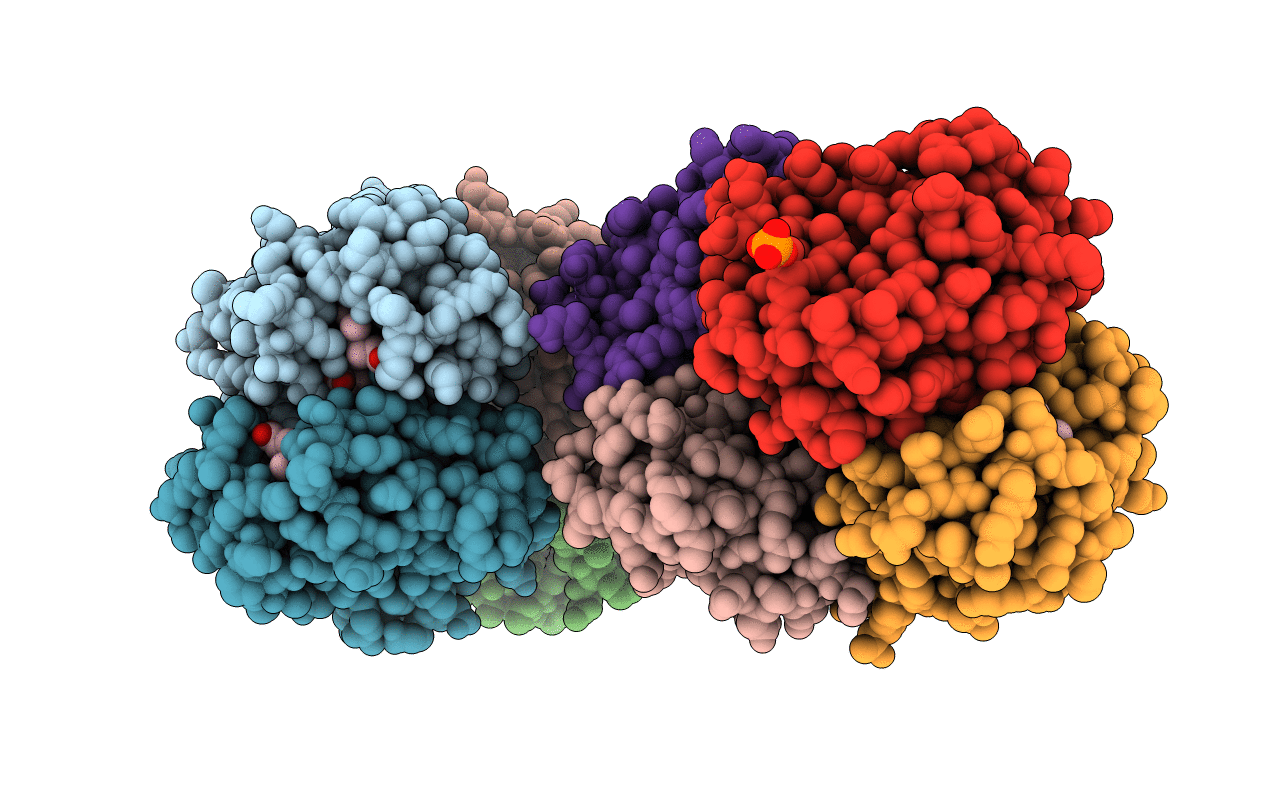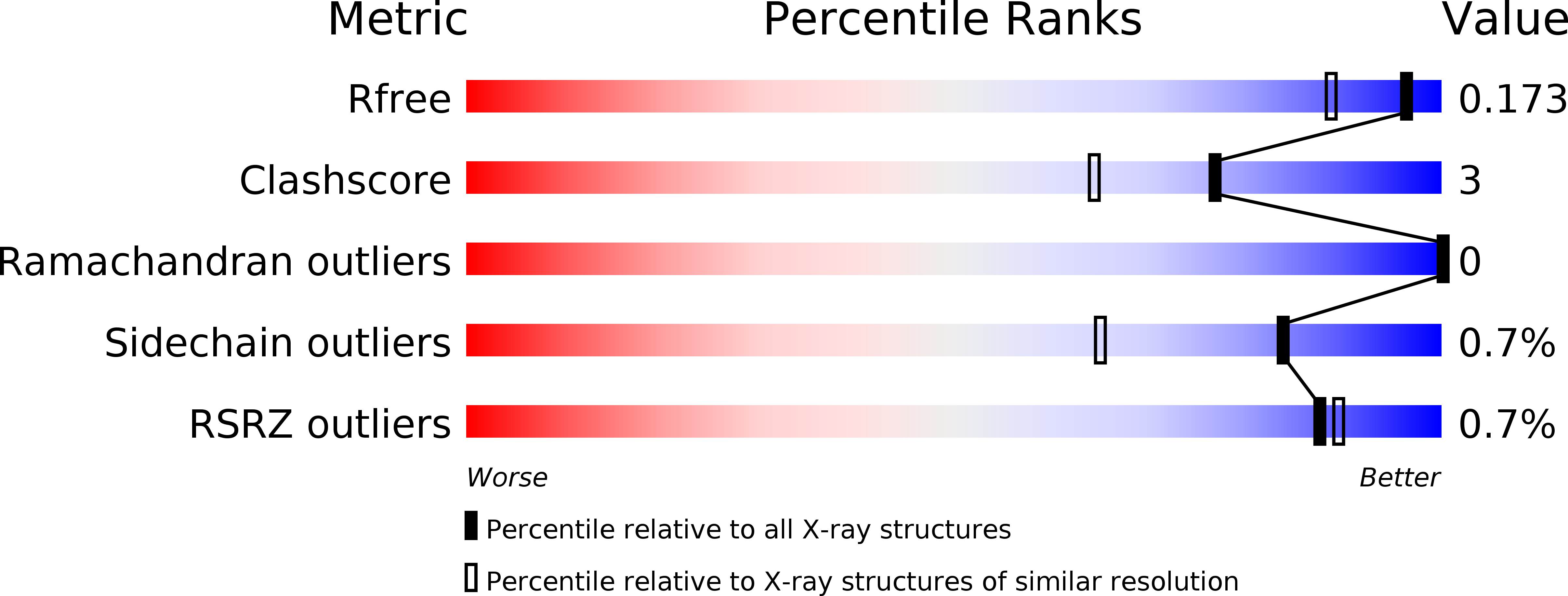
Deposition Date
2012-10-28
Release Date
2012-12-12
Last Version Date
2024-10-09
Method Details:
Experimental Method:
Resolution:
1.46 Å
R-Value Free:
0.17
R-Value Work:
0.13
R-Value Observed:
0.13
Space Group:
P 2 2 21


